Rethinking School Suspensions: A Focus On Positive Alternatives

Table of Contents
The Ineffectiveness of Traditional Suspensions
Traditional suspension practices, while seemingly a quick solution to disruptive behavior, ultimately prove ineffective and detrimental to students. The negative consequences extend far beyond the immediate days missed from school.
Negative Impacts on Academic Performance
Suspensions significantly impact academic performance. Students facing frequent suspensions experience:
- Increased absenteeism: Missed days translate to missed learning, creating a significant academic gap.
- Lower grades: Falling behind in coursework leads to lower grades and reduced academic achievement.
- Disruption of learning and social connections: Suspension disrupts the learning process and isolates students from their peers, affecting their social-emotional development.
- Higher dropout rates: Students who are frequently suspended are at a significantly higher risk of dropping out of school.
The School-to-Prison Pipeline
The connection between school suspensions and the juvenile justice system is undeniable. This "school-to-prison pipeline" disproportionately affects minority students, leading to:
- Increased involvement with the juvenile justice system: Suspensions can escalate into more serious legal consequences, creating a cycle of negative experiences.
- Disproportionate impact on minority students: Students of color are far more likely to be suspended than their white peers, perpetuating systemic inequalities.
- Long-term consequences of criminal records: A juvenile record can severely limit future educational and employment opportunities.
The Emotional Toll on Students
The emotional impact of suspension is profound. Students often experience:
- Increased feelings of isolation, anger, and resentment: Separation from their peers and school community fosters negative emotions.
- Damage to self-esteem and sense of belonging: Suspension can contribute to feelings of worthlessness and alienation.
- Potential for increased behavioral problems: The negative experiences of suspension can actually exacerbate behavioral issues.
Exploring Positive Alternatives to Suspension
Fortunately, effective alternatives to suspension exist. These positive approaches focus on addressing the root causes of misbehavior and promoting positive behavior change.
Restorative Justice Practices
Restorative justice prioritizes repairing harm and restoring relationships. Key principles include:
- Repairing harm: Focuses on addressing the impact of wrongdoing on victims and the community.
- Involving all stakeholders: Brings together the student, victim, and other relevant parties to collaboratively find solutions.
- Restorative circles or conferences: Structured meetings where participants discuss the incident, its impact, and ways to move forward.
Successful restorative justice programs demonstrate reduced suspension rates and improved school climate.
Positive Behavioral Interventions and Supports (PBIS)
PBIS is a proactive, data-driven framework for creating positive school environments. It emphasizes:
- Proactive strategies: Focuses on preventing problem behaviors before they occur through clear expectations and consistent reinforcement.
- Positive reinforcement: Rewards positive behaviors to encourage their repetition.
- Clear expectations: Establishes clear behavioral guidelines that are consistently enforced.
- Data-driven decision-making: Uses data to track behavior trends and inform intervention strategies.
Social-Emotional Learning (SEL) Programs
SEL programs teach students crucial social-emotional skills, including:
- Self-awareness: Understanding one's emotions and how they impact behavior.
- Self-regulation: Managing emotions and impulses.
- Empathy: Understanding and sharing the feelings of others.
- Relationship skills: Building and maintaining positive relationships.
- Responsible decision-making: Making thoughtful choices that consider the consequences.
SEL programs effectively prevent disruptive behaviors by addressing the underlying emotional and social factors contributing to them.
Implementing Change: Practical Strategies for Schools
Transforming school discipline requires a multifaceted approach involving the entire school community.
Staff Training and Professional Development
Equipping staff with the necessary skills is crucial:
- Training in restorative practices, PBIS, and SEL: Teachers and administrators need thorough training in these alternative approaches.
- Ongoing support and mentorship: Continuous professional development and support are essential for successful implementation.
Parental and Community Involvement
Engaging parents and the community strengthens the impact of interventions:
- Building strong school-home-community partnerships: Collaboration fosters a unified approach to discipline.
- Open communication and shared responsibility: Regular communication and shared decision-making are critical.
Data Collection and Evaluation
Tracking progress and making data-driven adjustments is essential:
- Tracking suspension rates and other relevant data: Monitoring key metrics helps measure the effectiveness of implemented strategies.
- Using data to inform decision-making and refine interventions: Regular data analysis informs adjustments and improvements to the approach.
Conclusion: Rethinking School Suspensions for a Brighter Future
Traditional school suspensions are ineffective, harmful, and perpetuate inequalities. By embracing restorative justice, PBIS, and SEL, schools can create safer, more supportive learning environments that promote student success. Rethinking school suspensions is not just about finding alternatives to punishment; it's about investing in the well-being and future of our students. We urge schools and educators to adopt a proactive approach, implement alternative discipline strategies, and prioritize the social-emotional growth of all students. Learn more about these effective strategies and share this crucial information with others to help build a better future for our students. [Link to relevant resources]

Featured Posts
-
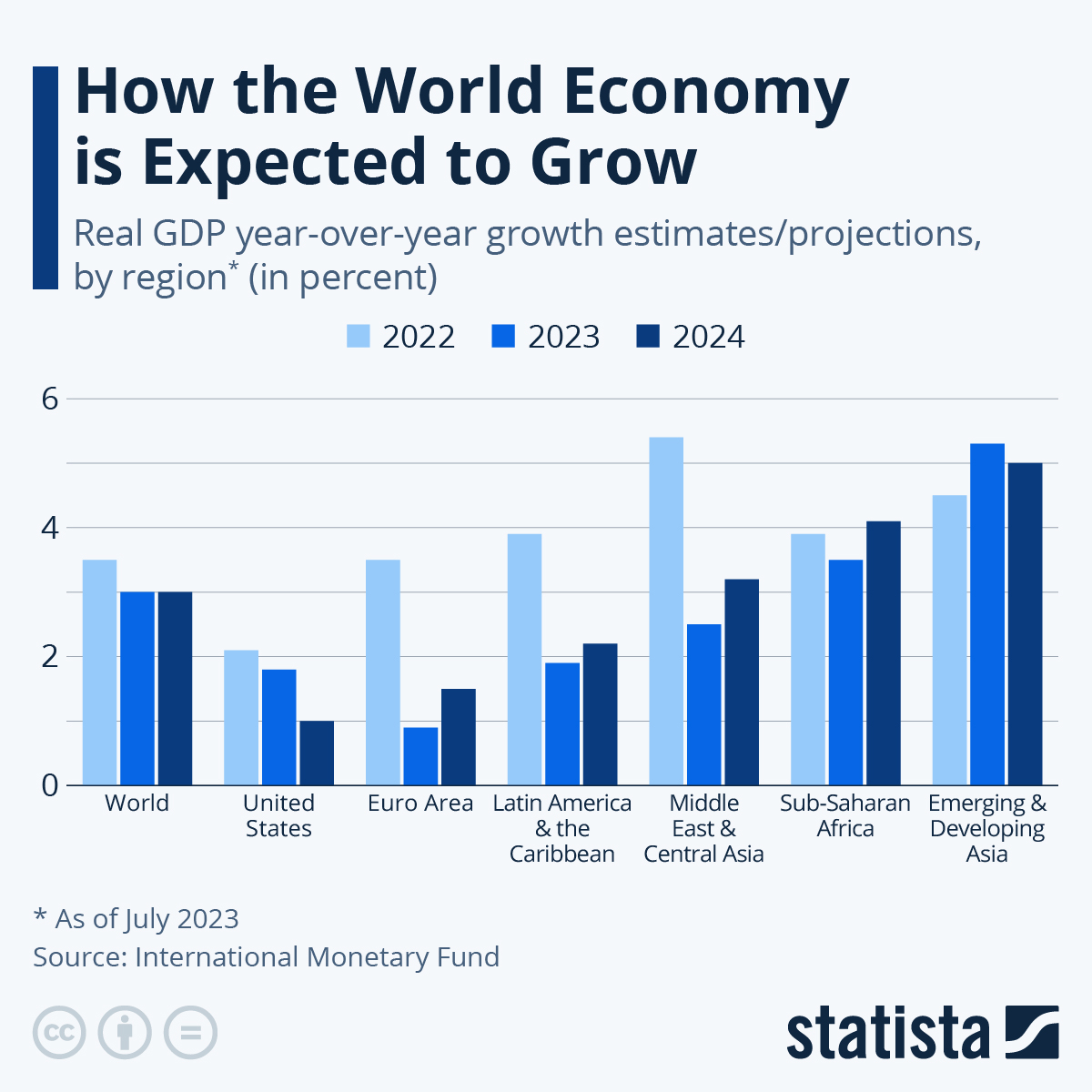 Rolls Royce 2025 Outlook Tariff Impact And Future Projections
May 02, 2025
Rolls Royce 2025 Outlook Tariff Impact And Future Projections
May 02, 2025 -
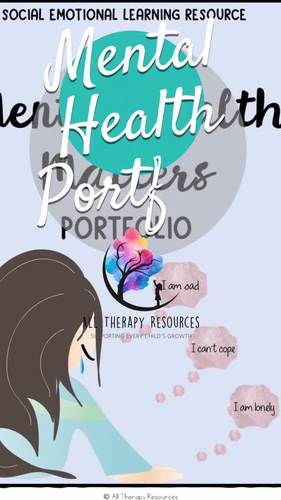 Trust Care Healths Mental Health Portfolio Expansion What You Need To Know
May 02, 2025
Trust Care Healths Mental Health Portfolio Expansion What You Need To Know
May 02, 2025 -
 Macaus Gaming Revenue Beats Expectations Ahead Of Golden Week
May 02, 2025
Macaus Gaming Revenue Beats Expectations Ahead Of Golden Week
May 02, 2025 -
 Find Michael Sheen And Sharon Horgans British Drama Streaming Platform Announced
May 02, 2025
Find Michael Sheen And Sharon Horgans British Drama Streaming Platform Announced
May 02, 2025 -
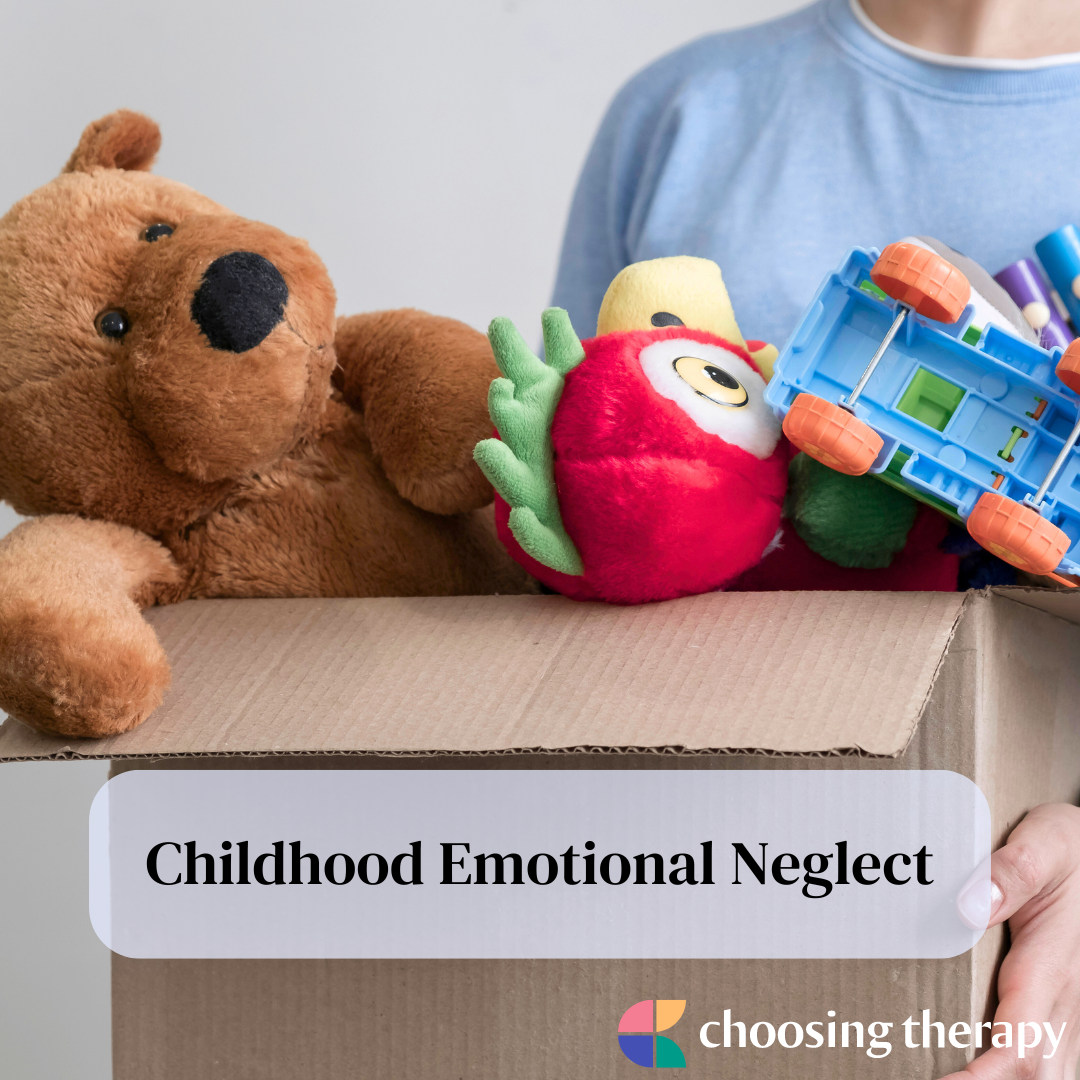 The High Cost Of Neglect Why Investing In Childhood Mental Health Matters
May 02, 2025
The High Cost Of Neglect Why Investing In Childhood Mental Health Matters
May 02, 2025
Latest Posts
-
 Polemique Les Propos De Sardou A Macron Enflamment La Toile
May 03, 2025
Polemique Les Propos De Sardou A Macron Enflamment La Toile
May 03, 2025 -
 The Five Biggest Threats To Reform Uks Success
May 03, 2025
The Five Biggest Threats To Reform Uks Success
May 03, 2025 -
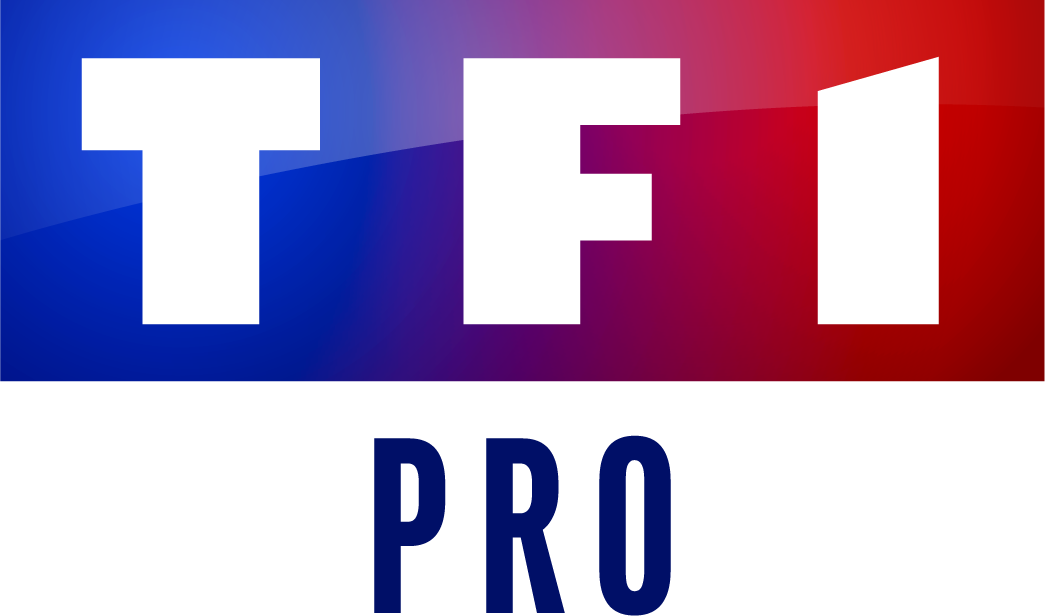 La Serie La Creme De La Crim Tf 1 Le Role Crucial De Joseph
May 03, 2025
La Serie La Creme De La Crim Tf 1 Le Role Crucial De Joseph
May 03, 2025 -
 Remontees De Bretelles Sardou Critique Macron Lors D Un Diner Prive
May 03, 2025
Remontees De Bretelles Sardou Critique Macron Lors D Un Diner Prive
May 03, 2025 -
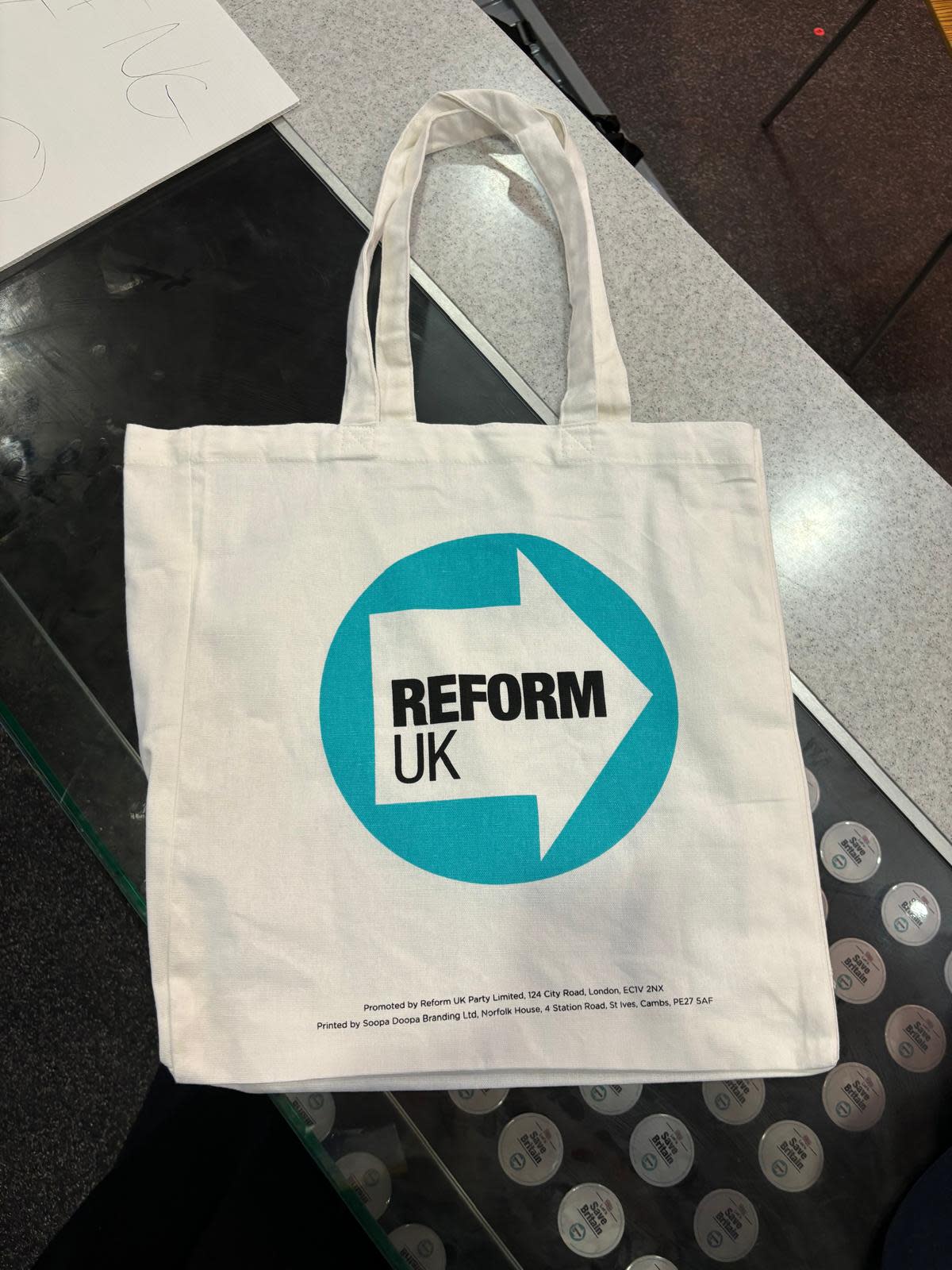 Reform Uk Five Reasons Why It Might Fail
May 03, 2025
Reform Uk Five Reasons Why It Might Fail
May 03, 2025
